Beuys: An interview with director Andres Veiel
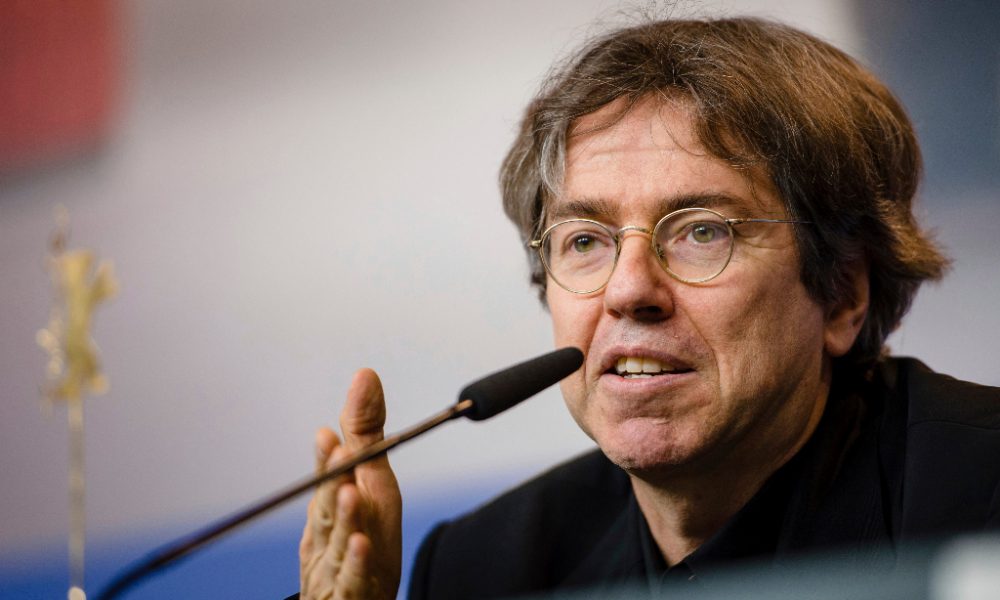
Beuys, the new documentary film from acclaimed German director Andres Veiel made its world premiere in competition at Berlinale 2017. Beuys is a documentary that allows the viewer to experience the controversial world of artist, teacher, philosopher and would-be politician for the Green Party, Joseph Beuys. Veiel created this film about his artistic “godfather” using previously unpublished video and audio footage. The Upcoming sat down with Andres Veiel to chat about Joseph Beuys’s ever-present relevance.
When did you decide to use this concept of talking heads explaining Beuys?
It was a process. In the beginning I interviewed 23, 24, 25 eyewitnesses. And at the same time the amount of archive footage was growing, every day we got new collections of film, videos and photos. And it was a competition in a way, between the quality of the archive and the quality of the eyewitnesses. Like you have gold and silver and some losers. And a lot of eyewitnesses were not as strong as Beuys himself, which is maybe not so surprising, but for us it shifted the approach of the film. And we had to kick out the eyewitnesses but we also had to kick out the new filmed footage of the pieces of his work, which we did with a lot of technical effort – HD, crane, drone, whatever – we wanted to have a very good quality. You compare it with the metaphor of the Olympic Games: the old footage won gold and the new footage was a loser. Not only in terms of the presence of Beuys, of course, but also in the question of the aura, the texture of this old archive footage even if you have dust. You have what I call in German “Patina.” I don’t know if this word exists in English, patina.
The change of old footage that has some sort of aura because it is old. We had the contradiction; on the one hand, we wanted to make a film on an artist. He’s dead now for more than 30 years but his ideas are very present, current. And on the other hand, we had this historical footage. We wanted to transform it into a film language, which is present. In a way, this was a contradiction in itself but a good challenge.
Can you talk about the significance of Beuys on your work as an artist?
Yeah, I grew up in a petit-bourgeois suburb of Swabian Stuttgart. And, so the oxygen of free art didn’t arrive there. We had to paint in school these classical little pictures and take it into the bathtub because the colours shouldn’t be too strong. And on the other hand, Beuys arrived as a magnet into my sphere, by his provocations, by his thinking that art should break up the walls of the museums.
That was in the late 70s. I was 17 when I went to Documenta for the first time. I was hitchhiking there, but I didn’t meet Beuys. Maybe I was too shy. I don’t know. I don’t really know why I didn’t meet him because he was always present. I should have met him, but maybe it was lunch break. I don’t know why I didn’t meet him. But his spirit was present so I was in a way infected. We went to the supermarket and got expired margarine, these little cubes of margarine, and then we took an iron and we were painting with the margarine. Due to the heating, the fat was just falling down and it was this process of provocation. When we took it in a small museum people got upset because it was dirty and there was no insurance for the carpet. That’s what he wanted. We took a little bit. We took Beuys as a godfather, and he was influencing us. We didn’t understand it very much but we were also being provocative. This was a good message in this petit-bourgeois Stuttgart suburb.
When you talk about him being current and his ideas being current, what exactly are you referring to?
Yeah, well first of all, the idea of making the film came up in 2008-2009. There was a show here in Hamburger Bahnhof, an exhibition hall for modern art. It was not the actual pieces of work that were inciting the film. It was the realm, the space of his ideas by watching the videos. He was talking, in fact, about money, about the question of democracy and the flow of money. It was just one year after the financial crisis. And I said what he is talking about? I became curious. He was, in a way, foreseeing the financial crisis. He said, well they have flows of money, they are detached from production sphere, and the money is increasing by itself. And there will be bubbles and if the bubbles will crash, will splash, who pays the bill? Who picks up the bills? It’s not the people who were responsible for the bubbles, it’s everybody. So what does it mean? It means profits are privatised, losses are socialised. He was questioning the idea of democracy. In the film it’s quoted, “We have to transfer the sphere of money into democracy”. That means that we have to decide about this huge hundreds of billions, which is every day circling around the world. It was an idea and everybody was laughing, even the Green Party. They crushed him in a way and dismissed him when he was running for Parliament. This was a huge defeat for me. I felt his ideas and his questions of the capability of everybody. He said, it’s often quoted, “Everybody is an artist”. What does it mean? Not everybody is a sculptor or a painter or a composer. He meant that everybody is able to shape, to create social processes in society. And it’s an idea of not building walls, not being influenced by fear but by building up a process of decision making, everybody is able to do it and that’s a good message especially right now.
You have a peculiar case here because you are talking about an artist and everybody says that his life was actually his biggest art. So if you make a film about it, don’t you think that you take something away? It’s not necessary to know these things because you already expressed so much through the way he was living?
Well, of course you cannot divide his biography, his work and his political ideas. I think on the other hand you have to find magnets. Otherwise, you have a film that is telling he did this, then that happened, then this and in the end he died. You have a typical biography; this was out of the question. To deal with Beuys you can’t do this and in the end he dies. In the end you have to find a magnet, not to get lost in this huge amount of footage. So what is the magnet? The magnet of course is the “Zeige deine Wunde”, the pain is the trauma. Two or three traumas when he was very close to death, first after the plane crash, which he survived. Second, his huge crisis in the 50s when he went into a deep depression for more than two years. And maybe also the third crisis, with the heart attack when he was close to death. So the interesting point for me is that he was someone who was so close to death at least two or three times. He touched the zone, the pre-zone of death and he came out of it. He came out of this huge challenge with a lot of energy. In a way he transferred or transformed the idea of healing, from his own experience to the social body, to society. If I can heal myself, if I can escape from my own traumas, and use the energy then you go down and you think you will crash but at the last minute you pull the airplane up. In a way that’s the way he went through the crises.
I always ask myself, why did he have so much energy? People tell the story that he talked to people until five o’clock in the morning, no sleep. At seven o’clock Beuys had the next phone call. “Ich bin im Moment nicht zu sprechen”. I can’t talk to you right now. This huge energy, I also ask myself, where did he get the energy? I think that it has something to do with the huge crises he went through. And he took the energy, even you can say it’s megalomaniac to think his ideas can really change society. On the other hand, it’s like a battery, it’s a good energy. He says everybody is capable to do it, and we don’t have to shift responsibility to others, to politicians and make a cross [vote] every four or five years and be grateful for any idiot’s dictator-like politics because they do something that we cannot do. They are fighting for us because we are incapable to do it, so we transfer responsibility to idiots. That’s what we experience right now a lot. And he said that there’s no necessity to delegate responsibility. We are capable by ourselves. And for me it’s very current; we have to deal with it.
What do you think about Beuys’s relationship to fat and felt and why do you think that some people claim that he was never wrapped in these materials after he was rescued during the Second World War?
Well, those are two questions. So one is, the interesting thing is that he was creating myths about his own life. We had two versions in the film, one is that he himself explained that “I lost consciousness, and I woke up in a German hospital and I had all images like being rescued by the Tatars”: it was not real. On the other hand, he tells in the states in an interview the story about the Tatars. And then the journalist is asking, are you fantasising, and the colleague says, well he has the right to fantasise because it doesn’t matter at all. He is an artist, so of course he can reinvent his biography whenever he wants because it’s a myth. He has the ability. In Germany there was a huge debate ten years ago: “Beuys was a liar”. And to me, it’s like the teacher in grammar school saying this is right and this is wrong. You’re not allowed and you are a liar. It’s a very German attitude to deal with Beuys because as an artist you have all the rights to do it.
And why he used the materials. I think it’s an explanation later on, to combine it with his experience in the second World War. For me it’s more interesting the idea when he transfers his materials, like fat and felt to the idea of society. Because if fat is cold it’s stiff and if you put it on the heating there is some sort of movement. When you think of people who are afraid they always get stiff. Hate is also, in a way, an energy but at the same time it’s not floating. To think about how we can warm up society, the structures that get stiff in terms of prejudice, in terms of fear, in terms of simple solutions. Fake truth like reflex thinking, not reflective, but reflex thinking. So it’s an interesting idea to warm up stiff structures, while stuck.
In asking about Beuys’s life you did not include his private life or his family in a formal way, which I find extremely relieving in comparison to other documentary biographies. But you did work together with the family?
I had to convince them to support us, which was not easy in the very beginning because his widow, Eva Beuys, liked to have some sort of control. At the beginning she was reluctant. Then she was very generous, it was like a turning point. I got a letter: You are not thorough, it’s superficial. I don’t know her reproach. But then I sent her my film Black Box Germany and I got a letter by her. Yes, you should make the film. So, it was from a cold, from stiff (laughter) and then the fat was warm suddenly. After the fat got warm, she was very supportive until the end. But she always said, “I won’t be in the film, me and my children won’t be in the film but I offer you all my support, whatever you want, whatever you need”. For me, it was just a gift to be able to touch the photos. You see two sequences where you see the family, the kids. You get a sense of the family life, but not in terms of intimate secrets of his private life. Because it’s not a film about Beuys’s sexuality, it’s not a film about his relationship to his wife and the kids. It’s a film about political ideas. There are some artists where it’s maybe necessary to include private life because in a way they’re influencing each other. But in his case, it’s not necessary to talk about all of these private aspects because the other aspects are strong and interesting. We don’t have to tell everything. We could have made hundreds of films out of the archive footage, and we decided for this one film. There are a lot of Beuys connoisseurs who say that it’s a good film but think something is really missing. And I always say, well you should make a film on Beuys, what you missed I can’t understand. I don’t miss it but you miss it so make your own film.
The artwork that he made of his life, it did not include his private life?
It includes his private life in terms of his traumas. This was important because when I said, “Zeige deine Wunde”, show your wound, it’s important to go into these traumatising experiences. This is very important to understand his work of art. But not how did he get along with his wife. This is different. You have to be very precise with the wounds, the traumas of Beuys but you don’t have to show everything in his life.
You know sometimes they say it’s better not to know your heroes. And you just revealed that you discovered Beuys very early on in your life. So while you were making this film did anything change? Like your perspective on him as an artist?
Of course. It was a great discovery because when I was 18, 19 he was like a godfather, which I quoted but I didn’t understand.
And then in 2008-2009 I was researching for a theatre play on the financial crisis. And suddenly I heard the voice of my godfather and he was dealing with the financial crisis. That’s not Beuys. Yes, it is Beuys. So it was a way of rediscovering his political ideas and seeing the necessity to transfer him from the last century because many artists, colleagues say that he was the greatest artist of the 20th century. But I said I felt he’s still the greatest artist even in the 21st century. There is nobody like him. So this was a necessity to do the film. I didn’t answer the question.
Because you talked so much about his political ideas, but I felt that watching the film that a lot of what he says are philosophical ideas.
Of course it’s connected because if you don’t have background or the roots into the philosophy, political ideas get superficial. The roots of the battery are how you see a human being. It’s what he calls “anthropologische Kunstbegriff” (anthropological concept of art). And when you look into his own role models you find Nietzsche, you find Goethe, you find Novalis. And, in a way, Karl Marx, in a very specific way even if he turned him upside down because of his romantic ideas. So there are many voices around Beuys even Rudolf Steiner, of course, and in a way it’s not one voice, they even contradict each other. It’s not a film about the voices of Beuys, who influenced him, because then the film would have been more pedagogical. To explain this and this piece of work you can find roots if you read Nietzsche in this chapter, if you read Rudolf Steiner. And Novalis said I should have [voiceover] to explain, but that’s something that the spectator can read, can find in Google. If he or she is willing to know more about Beuys he knows which philosophers to find.
Thank you.
Lindsay Bellinger
Read our review for Beuys here.
For further information about the 67th Berlin Film Festival visit here.
Read more reviews from the festival here.

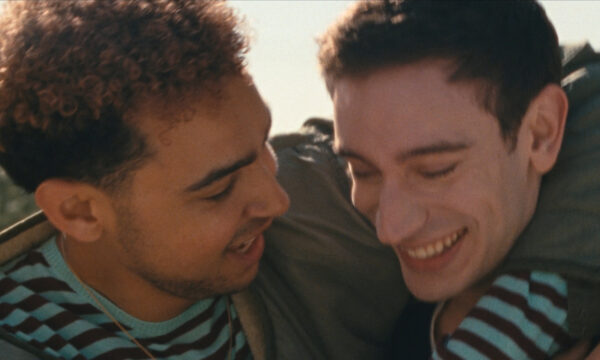
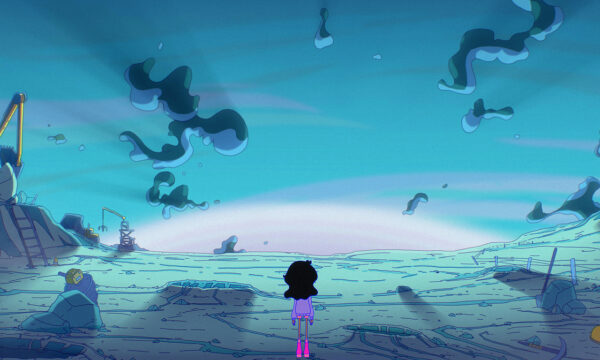
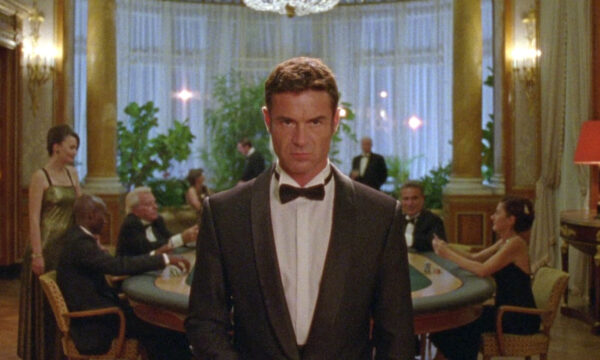
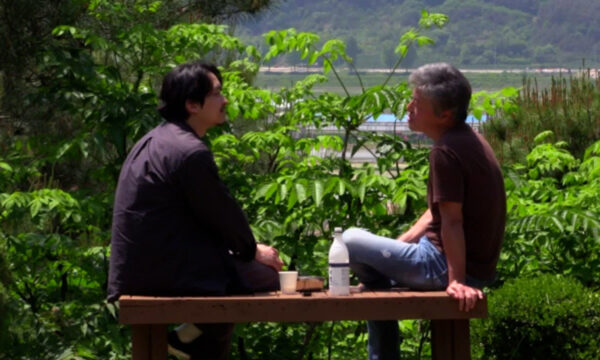
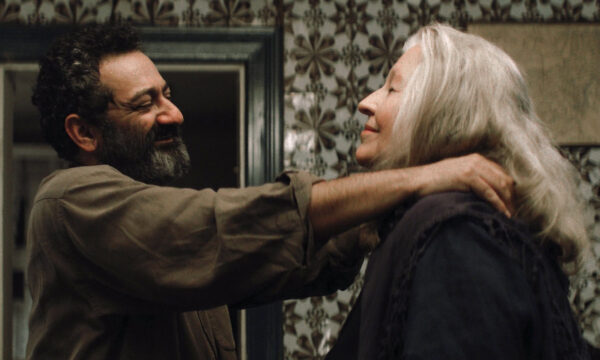
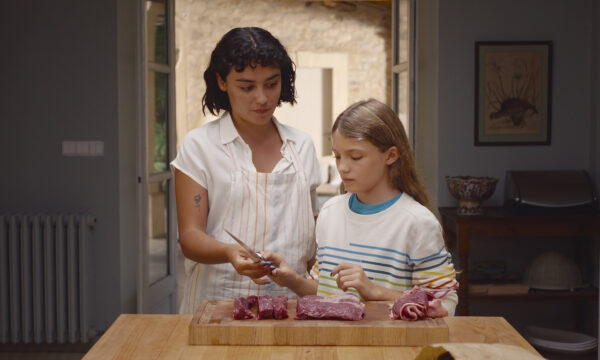
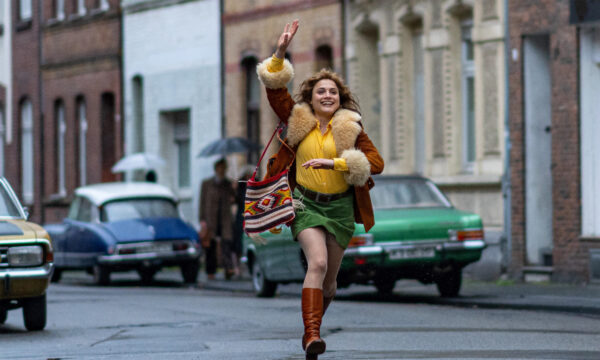
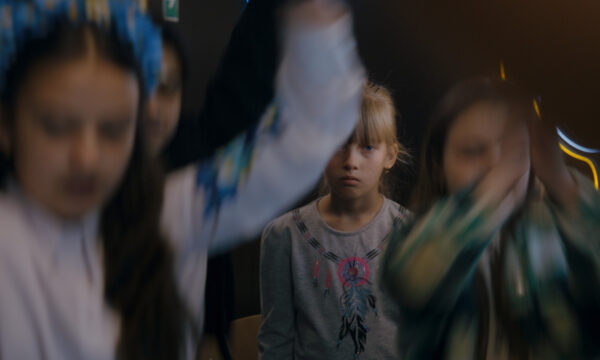
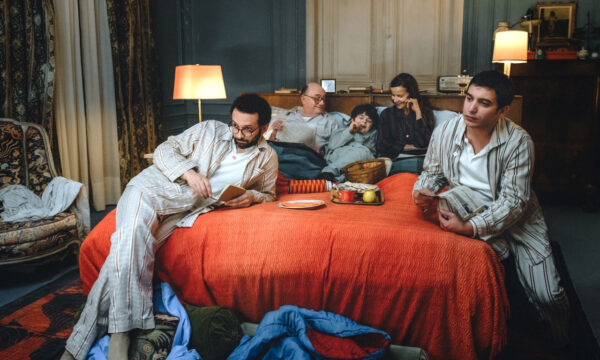








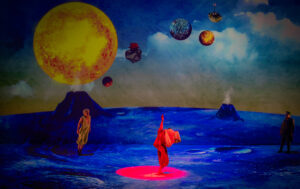



Facebook
Twitter
Instagram
YouTube
RSS